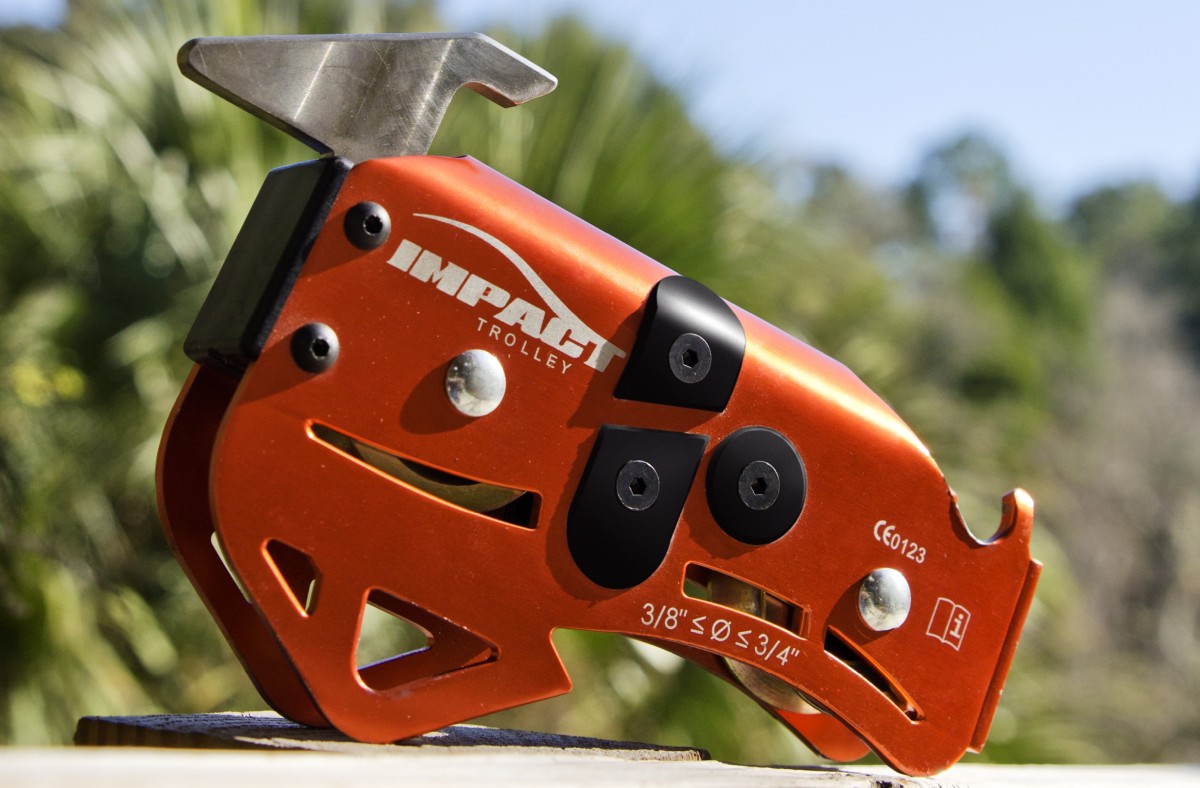
All of our zipline trolleys and pulleys are built to last and require little maintenance, therefore regular checks are essential to ensuring that users get the most out of them. The user manuals for the LightSpeed Impact, EZ Clip, and Micro zip cables, as well as the Precision Redirection Pulley, are supplemented by this white paper.
HOUSING INSPECTION
Deformation – For corrosion resistance and lightweight performance, all Zipline trolley and pulley housings are comprised of aluminum. Because aluminum is softer than many of the materials with which the trolleys may come into contact, the housings will naturally deteriorate over time. Scraping and anodization (colored surface treatment) wear are not a problem, but bending, deep gouging, and substantial deformation are reasons to retire. A indicator of system incompatibility is rapid housing wear, which should be evaluated by a knowledgeable individual. Overspeed hits in the braking zone, excessive swinging or movement when in use, inadequate storage, or faulty lanyards or connectors could all contribute to this.
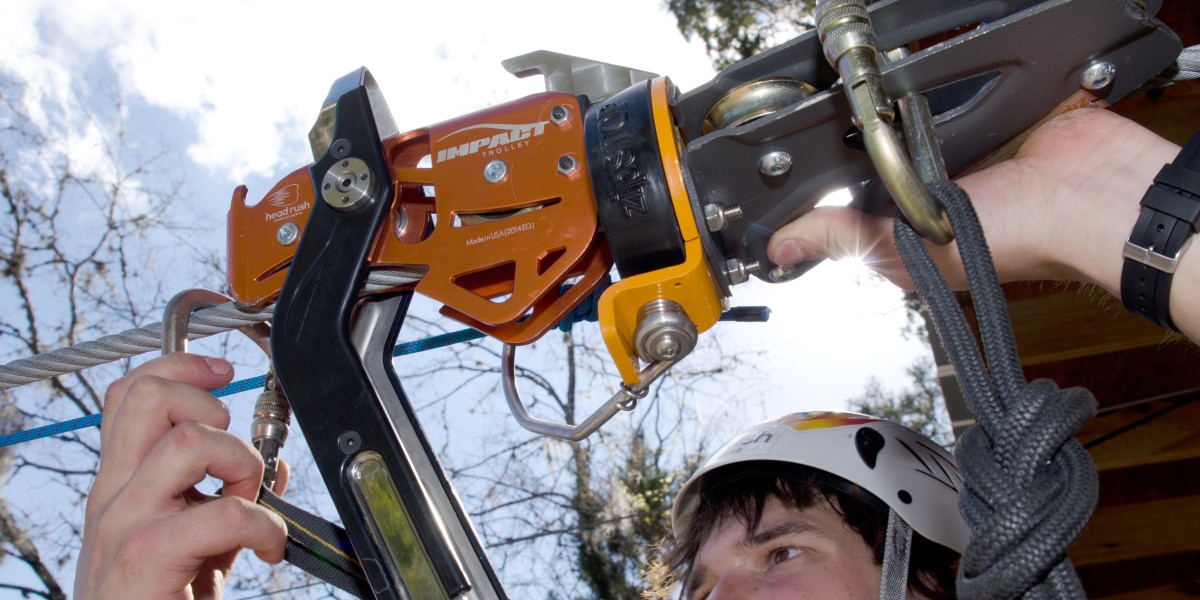
On the Micro Trolley, Impact Trolley, and Precision Pulley, we frequently get queries concerning “mushrooming” or flattening the primary and backup connector attachment points. Flattening can occur quickly depending on the material and shape of the connector used, although it usually declines after the aluminum housing connection point matches the shape of the connector used. This process should be observed, and if it does not subside after the initial onset, a skilled person should review the whole connection system and riding profile.
Sharp edges – Any metal components with sharp edges should be removed from service, as they may cause premature wear and failure of textile components (such as redirect ropes, lanyards, and harnesses) that they come into touch with during usage, transport, or storage. Examine all of the edges of the trolley and pulley housing, both inside and out, for wear that has resulted in sharpness. This wear could also indicate operational flaws or system incompatibility, which would necessitate inspection or modification by a skilled person.
When a crack is discovered in a trolley or pulley housing, the unit should be removed from service. These can be isolated incidents due to differences in material and rides; however, if this is a recurrent issue with many pieces of equipment, the whole ride should be evaluated by a knowledgeable person. Stress cracks are most commonly found propagating from the housing’s edges, tight bends, or machined out features.
-
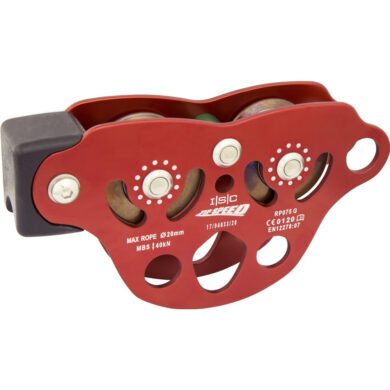 ISC Zipspeed-S Trolley€ 193,00 – € 289,00 Ex VAT
ISC Zipspeed-S Trolley€ 193,00 – € 289,00 Ex VAT -
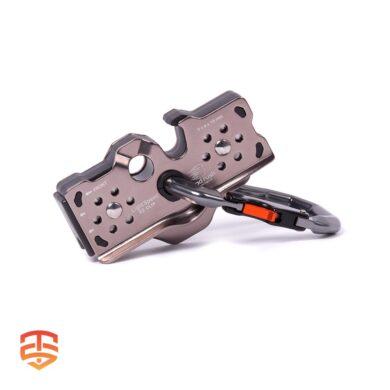 LightSpeed EZ Clip Trolley€ 204,00 – € 225,00 Ex VAT
LightSpeed EZ Clip Trolley€ 204,00 – € 225,00 Ex VAT -
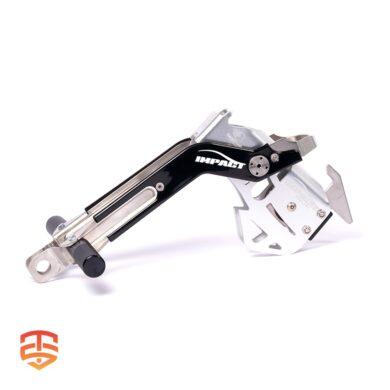 LightSpeed Impact Zip Line Trolley€ 179,00 – € 345,00 Ex VAT
LightSpeed Impact Zip Line Trolley€ 179,00 – € 345,00 Ex VAT
SHEAVES AND BEARINGS
To guarantee that riders stay within the zip line’s functioning envelope, LightSpeed Trolley bearings should be examined before usage. Excessively worn bearings can cause operating delays, significant injury, or death due to both high and low arrival speeds. When a bearing is in good working order, it will produce gentle resistance, low noise, and no lateral movement when spun by hand. A hand spun sheave should be retired if it is overly noisy, feels “gritty,” or does not move freely. If a sheave can be twisted out of plane or moved side to side within the housing, it is an indication of significant bearing degradation and should be removed from service. Sheaves should be free of sharp edges, corrosion, and load-bearing surfaces that are smooth. A authentic sheave replacement kit can be used to replace the sheaves on the LightSpeed Impact trolley in the field.
The Impact trolley’s bearings can be replaced using a genuine sheave replacement kit, but the EZ Clip and Micro Trolleys’ bearings cannot be replaced in the field.
The Precision Pulley’s superior bearings cannot be serviced, and the pulley must be replaced after it has worn to the point of retirement. Seized bearings can cause excessive friction in the braking system, resulting in poor performance and increased wear on other system components.
IMPACT SURFACE
All zip line trolleys are designed for impact braking and have specially formulated surfaces to interact with zipSTOP Brake Trolleys. Inspection of this component consists of a visual check for missing sections, cracks, or excessive gouging.
While no immediate safety concerns are present if the impact surface is damaged, this will start to cause unnecessary and accelerated wear to the trolley housing and components of the brake system. For this reason, trolleys with damage to the impact surface should be repaired with genuine replacement parts or replaced.
ATTACHMENT LINK
While most trolleys will use a third party connector to connect a participant, the LightSpeed EZ Clip has an integrated non-replaceable attachment link. This component should be inspected for excessive wear and proper gate function before use. If the gate fails to close and lock automatically it must be removed from service. The attachment link is surrounded by a polymer bushing, and as long as it is held snugly and pivots freely in this bushing it is fit for use. Damage to this bushing is generally the sign of an overload event and use should be evaluated. Do not attempt to disassemble or remove attachment link from trolley for inspection.

ACCESSORIES
The hook accessory (available for all zip line trolley types) and a handlebar accessory (available for the EZ Clip and Impact Trolley models) are two trolley accessories. The hook accessory interacts with the Catch Accessory on a braking trolley to reduce retrievals and is visually inspected for corrosion or sharp edges.
The EZ Clip’s handlebar accessory is only used for rider orientation and can be retired if the component is no longer useful. This item may be retired due to corrosion, failure to deploy properly, or sharp edges.
The Impact Trolley’s T-Handle is factory mounted and has an integrated attachment point for rider connection. To examine the condition of this component, look at the inspection and retirement criteria for “Trolley Housing.”
REPLACEMENT PARTS
Never modify a LightSpeed Trolley or Precision Pulley, and only replace components with genuine replacement parts.
The Impact Trolley can be repaired in the field with a hook accessory, impact surface, and bearing/sheave replacement kits. The EZ Clip Handlebar Accessory is field installable and replaceable.
The LightSpeed EZ Clip and Micro Trolley impact surfaces, bearings, sheaves, and hook accessories are not field replaceable.
The Precision Pulley has no user serviceable parts.
CONCLUSION
Inspection of all zip line equipment on a regular basis is an important aspect of ensuring a safe and efficient operation. Premature wear might be a symptom of broader problems within a zip line system, necessitating a skilled person’s review of operational envelopes or component compatibility within the system.
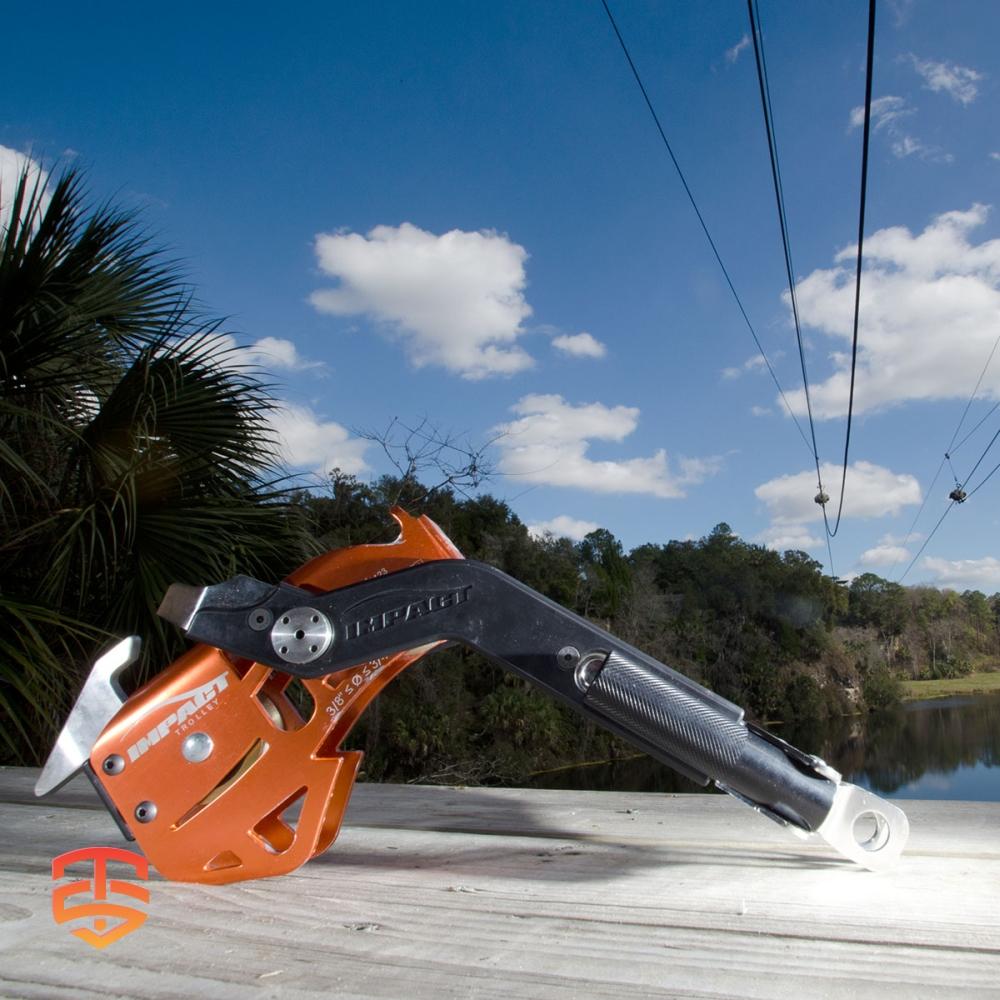
Zipline Trolleys
Our Zipline Trolleys are Designed for Zip Lines and Engineered for Durability
The Self-braking Magnetic Zipline Trolley solves the major safety issues around the controlled and safe braking situation at the end of high speed zip wire courses.
From the fully featured customizable Impact Trolley to the lightning fast one-handed install of the EZ Clip to the compact affordable Micro Trolley, we have a zip line trolley for you. Every trolley is equipped with premium high-speed bearings and optimized for smooth and consistent impact braking.
The ZipSpeed Trolley range caters for all kinds of zip lines from lightweight Clip’n’Zip trolleys for Zip Parks, right through to high-speed performance trolleys for super-fast lines!
Beyond the Basics: Unveiling Zipline Technology with Expert Analysis
Intrigued by the potential of Zipline technology? You’ve come to the right place! This article provides a solid foundation. But if you’re eager to delve deeper and gain insights from industry experts, keep reading…
- Zip Line Design: Components for a Complete System
- Considering operating and investing in a zipline?
- 9 Zipline Mistakes You Don’t Know You’re Making
- Magnetic Zipline Braking: A Revolutionary Way to Ensure Safe Rides
- Pros and Cons of Different Zip Line Brakes
- Expert Tips for Zip Line Brake Installations
- White Paper on Zipline Emergency Arrest Devices (EAD)
- The Importance of Optimizing Zip Line Design for Rider Speed
- Does your zip line need an emergency arrest device?
- The Magnetic Self-braking Zipline pulley
- Zipline Braking and landing considerations
- Why Zip Line Trolley Bearings Matter
- Whitepaper: Zipline Braking Dynamics
- Zip Line Installation: Give them the Best Ride
- How to startup a Successful Zip Line Business
-
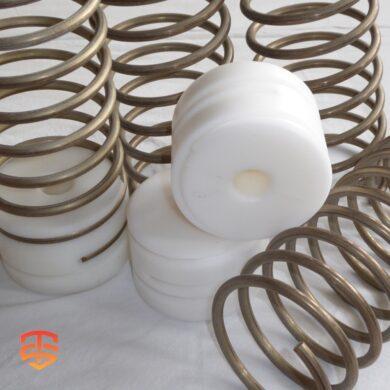 Spring Brake System | Primary & EAD zipline brake€ 98,00 Ex VAT
Spring Brake System | Primary & EAD zipline brake€ 98,00 Ex VAT -
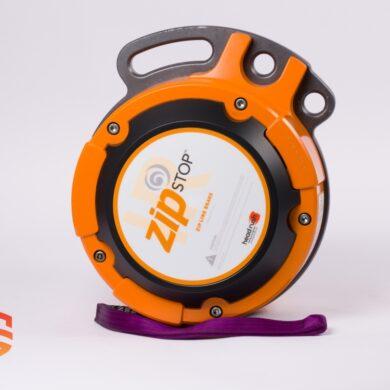 zipSTOP IR Zipline Brake | 24 – 60 kph€ 5.649,00 – € 5.799,00 Ex VAT
zipSTOP IR Zipline Brake | 24 – 60 kph€ 5.649,00 – € 5.799,00 Ex VAT -
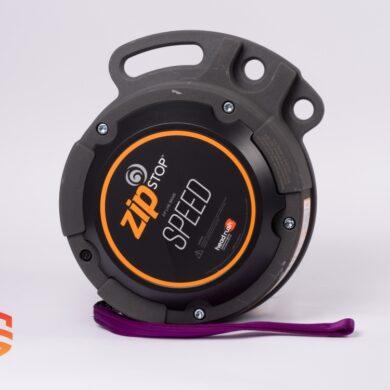 zipSTOP SPEED Zipline Brake | 50 – 72 kph€ 6.099,00 – € 6.349,00 Ex VAT
zipSTOP SPEED Zipline Brake | 50 – 72 kph€ 6.099,00 – € 6.349,00 Ex VAT







